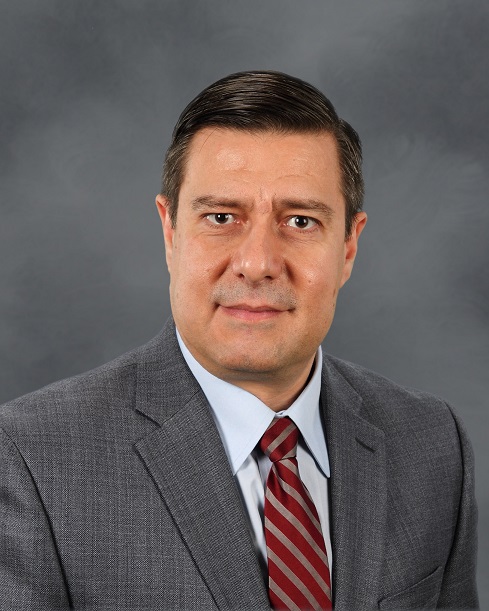Medical marijuana use continues to be a point of controversy, both in the medical and legal communities. In order to understand why, we need to clearly distinguish between two different issues: one is if society at large is ready to decriminalize marijuana, and two, the need for medical marijuana. This article will focus only on its relevance to medical use.
It has been used for thousands of years and has been considered a “light” drug compared to heroin, crack or heavy narcotics.
Marijuana is also called cannabis and it includes three main substances: THC, CBD and CBN. There are cannabinoid receptors all over the body that affect appetite, pain sensation, mood and memory. The “high” sensation comes from CB1 receptors in the brain by THC, mainly dopamine release.
There are three types of plants that produce distinctive effects:
- Indica – more CBD or “downer”
- Sativa – more THC or “upper”
- Endless hybrids
It can be dispensed in multiple formats:
- Inhaling – more traditional, faster action - 30-60 minutes, better titration
- Edible – brownies, candy – slower action but longer effects, difficult to titrate
- Topical – oils, etc.
At this time:
- Dispensaries do not have strict quality control due to the ongoing development of new strains with unknown potency and effects.
- The vast majority of clients have pain-related complaints and some have addiction issues that are a contraindication for marijuana use.
- Some products have questionable and variable amounts of THC and CBD.
- Doctors do not “prescribe” marijuana, but authorize “permits” for use and possession (ASAM).
Use comes with risk:
- Marijuana has moderate dependency potential, lower than alcohol and narcotics, but higher than LSD or Mescaline. The potential of it being lethal is low, but so is the potential for LSD being lethal. (Gable 2006).
- Its side-effects include addiction/withdrawal symptoms, cannabis associated psychosis, memory issues, weight gain, sleep disturbance, alteration of time perception, amotivational syndrome and hyperemesis. (Greydanus 2013).
- Seth Ammerman from the American Academy of Pediatrics says: “Teens who use marijuana regularly may develop serious mental health disorders, including addiction, depression and psychosis.”
Until recently, the use of marijuana to treat patients had not been brought to light by the medical community. Although initially used to treat gravely ill patients, medical marijuana has been used in the last few years to treat general pain, glaucoma, and neurological and psychiatric issues.
Currently there are minimal studies available as medical marijuana is still classified as an illegal substance at the federal level. With more states legalizing medical and recreational use of marijuana and a current push to legalize it at a federal level, there is no question that medical marijuana use is here to stay. If the current federal legislation passes, more research will be needed to help clarify its use in the future.
As a result, employers need to take note and focus on the legal aspects of the medical and recreational use in each state and what work restrictions will be allowed federally and statewide.
*The views and opinions expressed in the Public Risk Management Association (PRIMA) blogs are those of each respective author. The views and opinions do not necessarily reflect the official policy or position of PRIMA.*

By: Fernando Branco, MD, FAAPM&R
Chief Medical Officer, Midwest Employers Casualty
Summary of Qualifications
Fernando is chief medical officer at Midwest Employers Casualty (MEC), a Berkley Company. He has over 30 years of experience in clinical practice and is board certified in physical medicine and rehabilitation, pain and addiction medicine. He is the former medical director of a multi-disciplinary rehabilitation pain center for treatment of chronic pain cases – a center of excellence recognized by the American Pain Society. In his current role at MEC, Dr. Branco leads a team of medical management consultants handling complex workers’ compensation claims with the goal of helping employers and injured workers achieve better outcomes.



